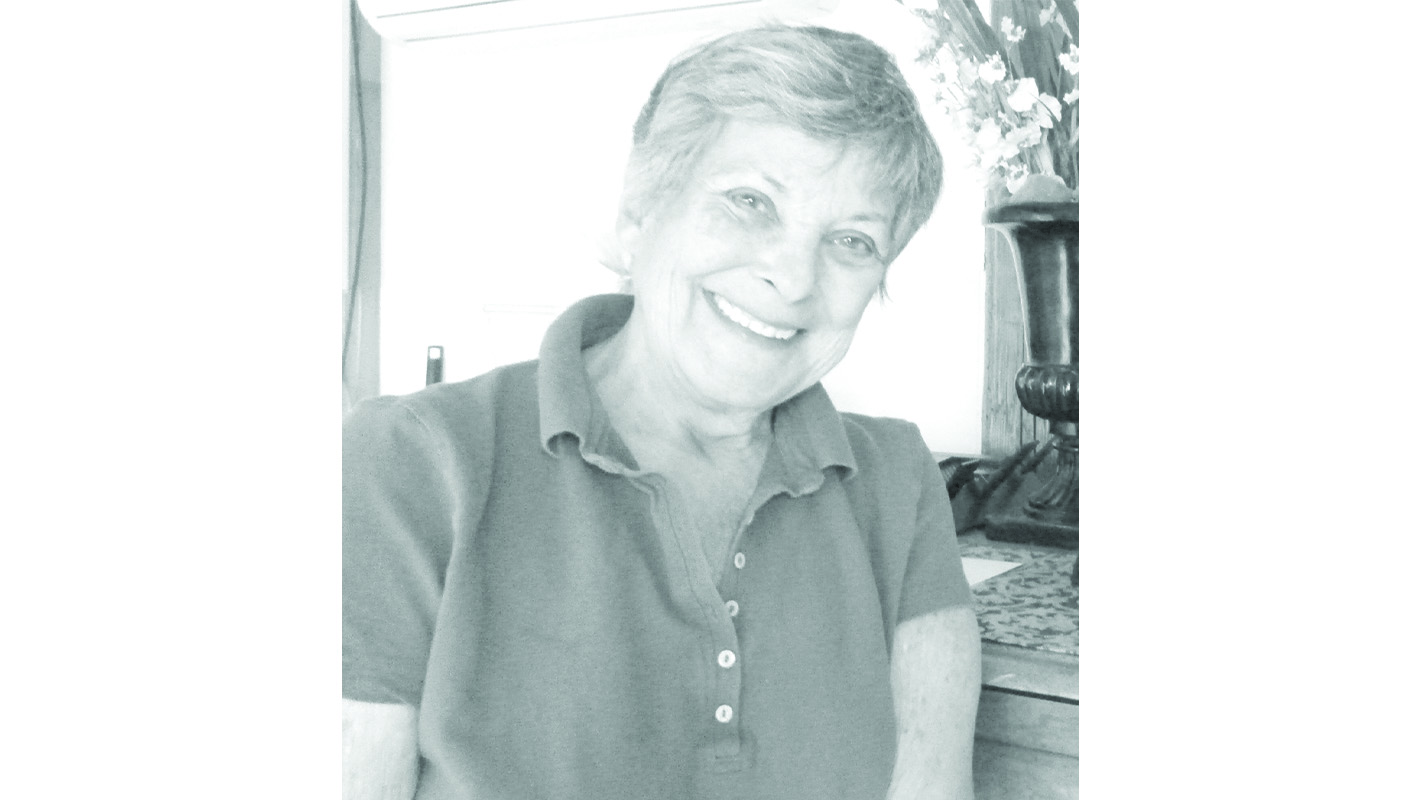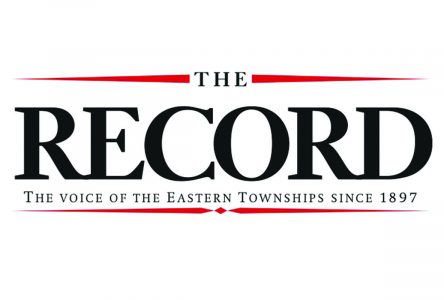By Dian Cohen
Dr. Charles Shaver wrote an article published in Tuesday’s Record saying the government should commit to fixing long-term care facilities with all the money they’re saving due to thousands of premature COVID deaths. The money he’s talking about is what’s paid to Canadians through the Old Age Security and Canada/Quebec Pension Plans.
He threw out a challenge to someone with a better background in math to come up with some plausible numbers. I did the math. It’s a bit rough and ready, but certainly in the ballpark of $3-5 billion. [This isn’t a math lesson, but here’s the methodology: take the number of Canadian deaths up to Aug. 4 (26,591), multiply by age group – 80+, 70-79, 60-69 and life expectancy, and then by the annual OAS ($7,518) and C/QPP ($7,433) that the government no longer has to pay. It’s rough and ready because we have no inflation kicker, we don’t know who was getting Guaranteed Income Supplement, we don’t know who never worked, or who continued to work after receiving C/QPP and we haven’t added in the one-time $500. from OAS.]
Here’s how the public system works now:
Canada’s provinces and territories currently allocate a total of $13.6 billion, largely their own funds, to facilities-based long-term care for seniors each year. The federal government provides indirect financial support through the Canada Health Transfer. Statistics Canada hasn’t quite caught up with reporting how many people were in these facilities when they died from COVID, but they do say that during the first wave, up to last spring, it was 80 per cent. We can conclude that up to now, the vast majority of deaths were old people who lived in long-term care facilities, and that the billions spent did not provide a satisfactory result.
According to the Parliamentary Budget Office (PBO), the current level of spending provides facilities-based long-term care – meaning care provided in residential facilities, rather than in a patient’s home – to about 205,000 seniors. But the report says there are still 52,000 people on waiting lists. In response to a Member of Parliament’s request, the Parliamentary Budget Office recently released a report indicating that making improvements to Canada’s long-term care system in response to the pandemic would require $8.5 billion in new annual spending — a figure that includes new money for clearing waiting lists for beds in long-term care homes, adding more hours of care per bed, and increasing wages paid to workers. The cost would increase at a rate of 4.1 per cent each year as a result of increasing demand for care and rising wages, the report says.
Of course, this number assumes that older Canadians would still be interested in living in long-term care facilities. It has never been their first choice. Poll after poll tells us that seniors want to stay at home as long as they can. Unfortunately, home care is not part of Canada’s public healthcare system. The PBO says that another $5.2-billion increase in spending would be needed if home care were to be made part of the public system.
Back in April, the federal budget proposed to contribute $3 billion over five years, starting in 2022-23, to Health Canada to support provinces and territories in ensuring standards for long-term care are applied and permanent changes are made. That’s $600 million a year – 7 per cent of what the PBO says is required – and interestingly, in the same ballpark as the amount of money the feds are savings because of the 26,591 people who died prematurely of COVID.
Home care is by far the preferred choice of the majority of seniors and by far the least expensive way for taxpayers to care for them. We need to think long and hard about what kind of society we want to live in, and we all know that our tax money will have to be stretched further and further to get out of the COVID-induced deficit.
Why is the home care option not more placed more prominently on the public agenda?
Dian Cohen is an economist and a founding organizer of the Massawippi Valley Foundation.
Cohendian560@gmail.com






